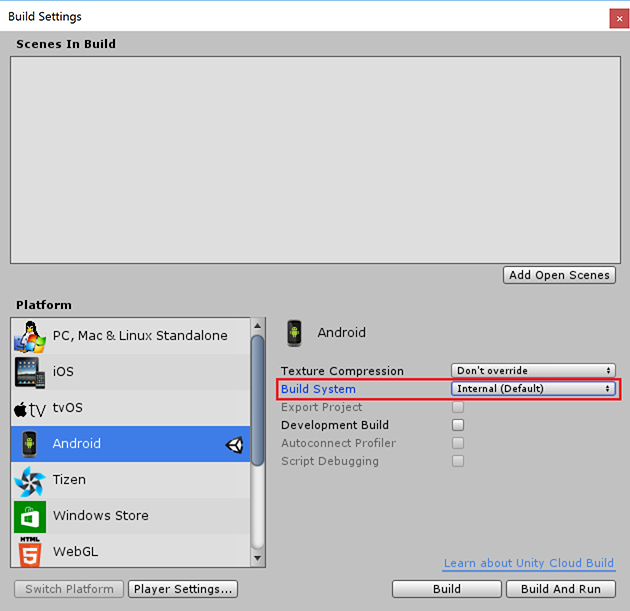

Android now enters debug mode when it is connected to a computer via USB.Ĭonnect your device to your computer using a USB cable. Go to Settings > Developer options (or, if this does not work, on some devices the path is Settings > System > Developer options), and check the USB debugging checkbox. Note: On Android versions prior to 4.2 (Jelly Bean), the Developer options are enabled by default.

On the seventh tap, Developer options are unlocked. A pop-up notification saying “You are now X steps away from being a developer” appears, with “X” being a number that counts down with every additional tap. For specific information on your device and Android version, refer to your hardware manufacturer.Īfter you navigate to the build number using the instructions above, tap on the build number seven times. The location of the build number varies between devices for stock Android, it’s usually Settings > About phone > Build number. To do this, find the build number in your device’s Settings menu. To enable USB debugging, you must enable Developer options on your device. If you are using a 2018 version of Unity, see the Unity 2018.4 documentation for information on manually installing these dependencies.


 0 kommentar(er)
0 kommentar(er)
